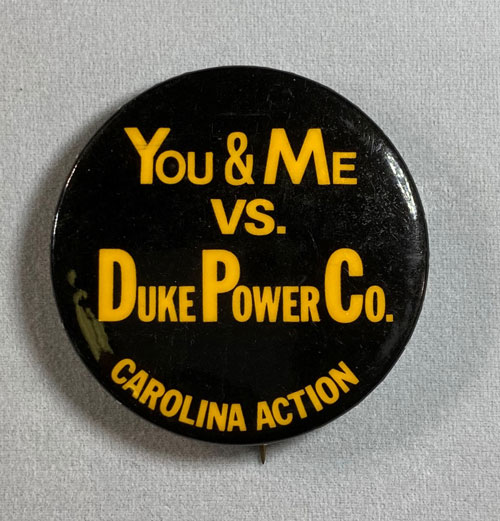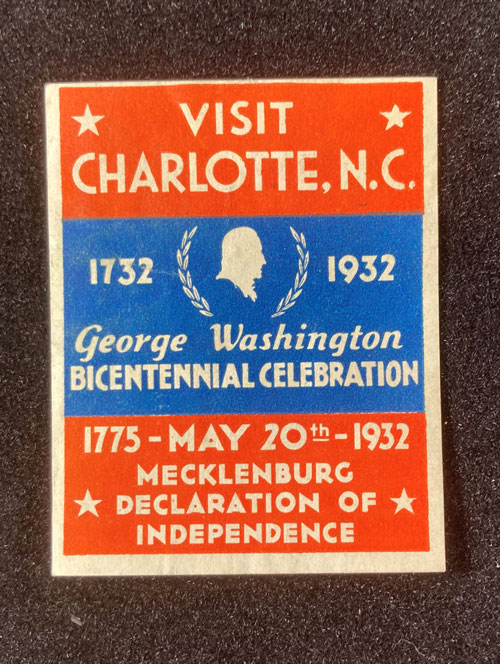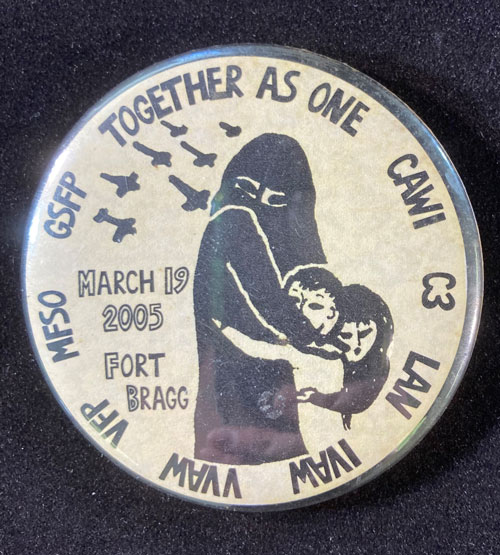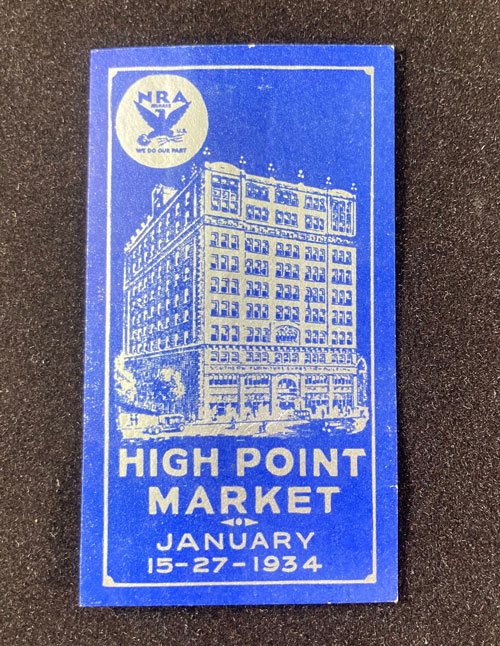“From the mid-1970s to about 1982, Carolina Action seemed everywhere in Greensboro. It held press conferences and rallies to demand an elected school board and a district system for electing City Council. It held voter-registration drives. It fought proposed electricity rate and bus fare increases by Duke Power, which operated the bus system then. It took busloads of members to Raleigh to protest the state placing motorists in an assigned risk pool that meant higher premiums….
“Carolina Action introduced to Greensboro in-your-face protesting. It sent City Council member Lois McManus a snake the group said had been caught on a vacant lot the city had failed to maintain….
“By 1981, Carolina Action’s paid staff was gone and neighborhood groups became inactive. One of the young organizers said America’s youth had grown conservative and apathetic, and Carolina Action was having trouble finding recruits willing to work hard for low wages….”
— From “Group raised the curtain on political theater in Greensboro in ’70s” by Jim Schlosser in the Greensboro News & Record (Oct. 5, 2009)











